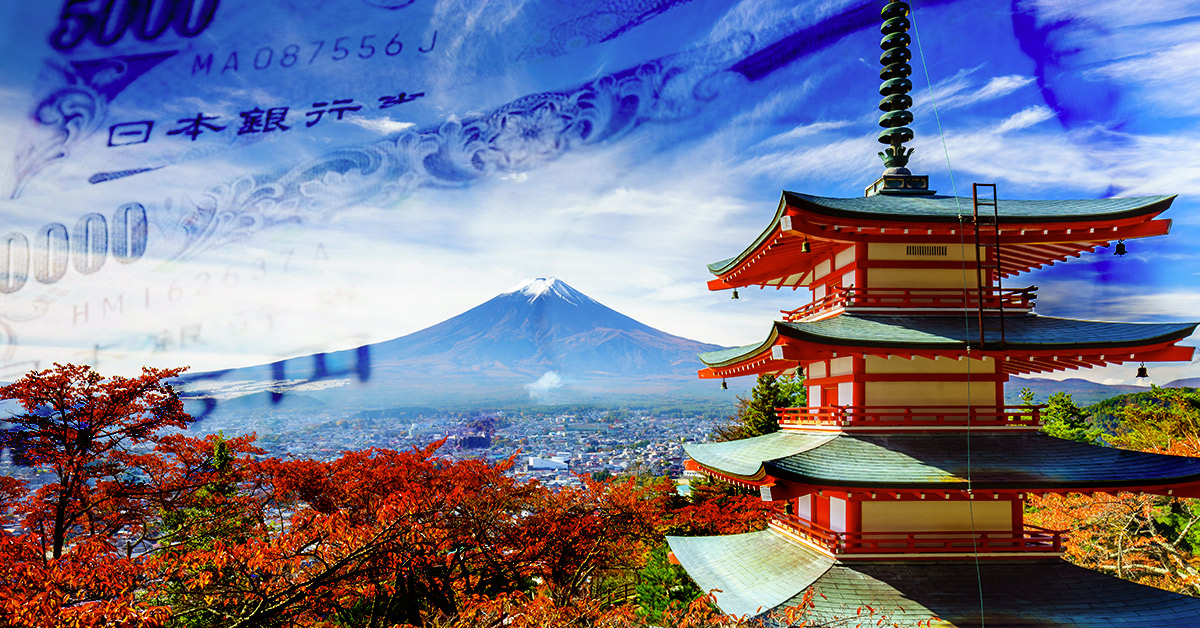Japanese investors, like those from virtually every other country, have taken a bit of a step back when it comes to investing in U.S. commercial real estate during the COVID-19 pandemic.
The Land of the Rising Sun climbed from eighth in 2019 to seventh in 2020 among the top countries for injecting capital into U.S. properties, according to Real Capital Analytics (RCA). Japanese investors placed $1.07 billion into U.S. assets last year. This dollar volume represented a year-over-year plunge of 53% — although this wasn’t out of the ordinary considering the havoc that the pandemic wreaked on global real estate investments.
As 2021 marches onward, however, Japan has found its investment needle moving further backward when it comes to U.S.-based purchases. In the four quarters ending in March 2021, Japan fell out of the top 10 cross-border investor countries as ranked by RCA, dropping four spots to No. 11. During this time frame, Japanese investors funneled $673.8 million into U.S. commercial real estate, a yearly decline of 63%, per RCA data.
Japan’s retreat during this period was the largest among the top 11 cross-border investor countries, suggesting that Japanese investors haven’t jumped back into the fray even as the COVID-19 situation has eased stateside. Meanwhile, no Japanese companies or funds appear on RCA’s list of the top 25 cross-border buyers of U.S. properties during the year ending in Q1 2021, while two appear on the list of top sellers: Tokyo-based contractor Kajima Corp. and Osaka-headquartered firm Sekisui House.
Why have Japanese investors yet to return to the U.S. commercial real estate market? CBRE suggests that it may be, in part, due to a matter of property type.
A recent survey of global investors by the real estate services company found that the Americas remain the most attractive region for Japanese outbound capital, with 41% of respondents choosing this region over others. But at least in the U.S., COVID-19 has somewhat changed the calculus when it comes to commercial-property sector stability.
Office properties, long a steady and safe segment for investors, became riskier when lockdowns and other pandemic-driven restrictions made U.S. employers rethink work-from-home flexibilities. While the impact of remote-work policies appears to have been overestimated, the outlook for U.S. office demand remains unclear.
In fact, per CBRE’s survey, Japanese investors are more pessimistic about office demand in the Americas than in any other region worldwide. Twenty-seven percent of respondents believe that demand for office space in the Americas will “decrease significantly” by up to 30% in the next three years, compared to a 15% share of respondents in Europe, the Middle East and Africa; 10% in the Asia Pacific region; and 4% in Japan itself.
Unfortunately, it’s the office sector in which outbound demand from Japan — a country famous for the work ethic of its office-using employment base — is mainly focused. From 2016 to 2020, office buildings accounted for 61% of all Japanese outbound investments, CBRE reported.
With so many Japanese investors still concentrated on offices as a strategic keystone, the trajectory of the country’s near-term U.S. investments may be in doubt. Chances are solid that Japan remains near the top of the list of funding sources into the U.S. simply because of the sheer volume of capital based there. But with so much still in flux in the U.S. commercial-property sphere, the evolution of Japanese investment strategy certainly bears watching. ●





